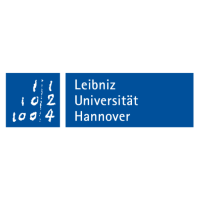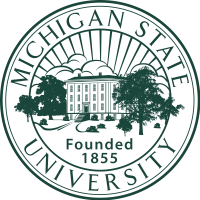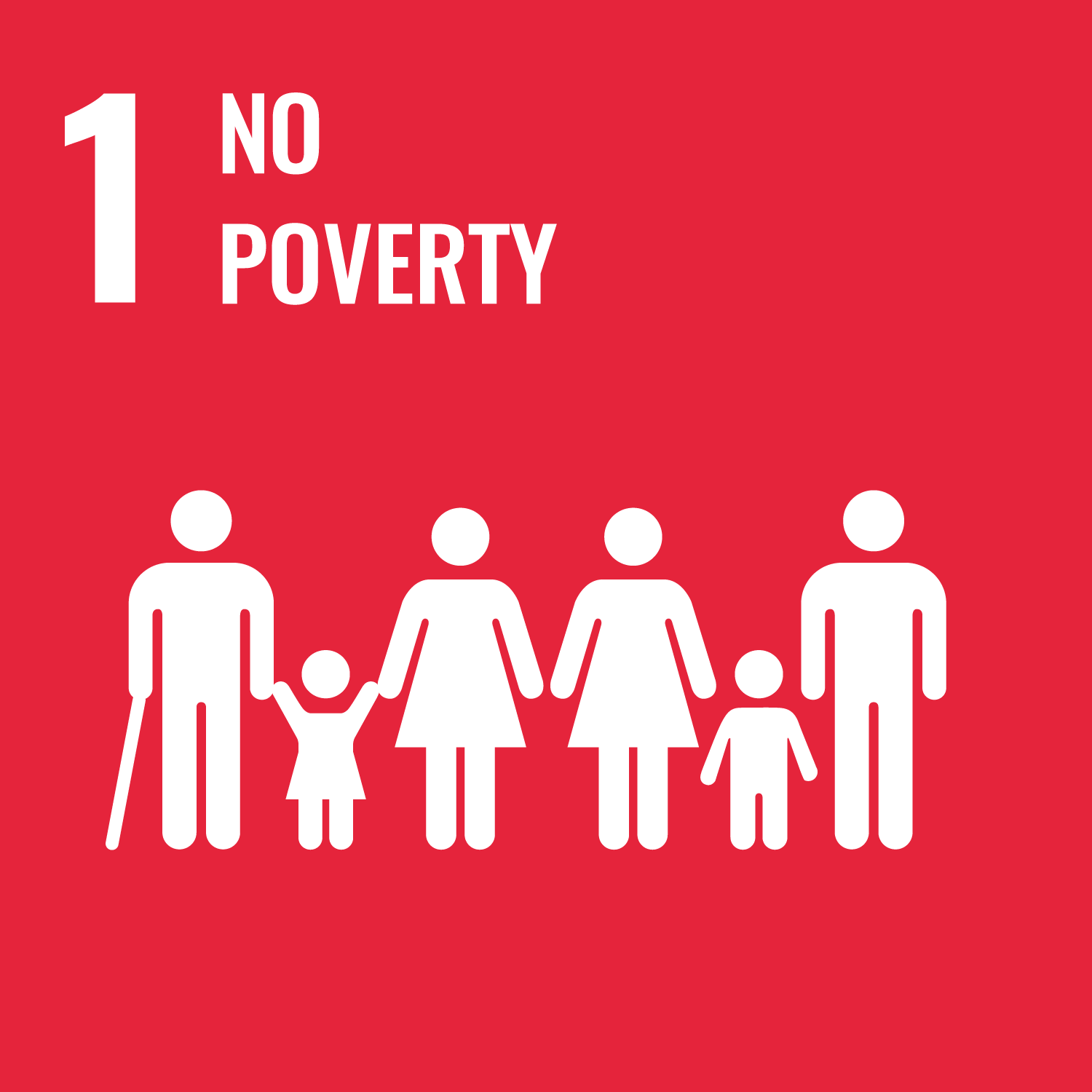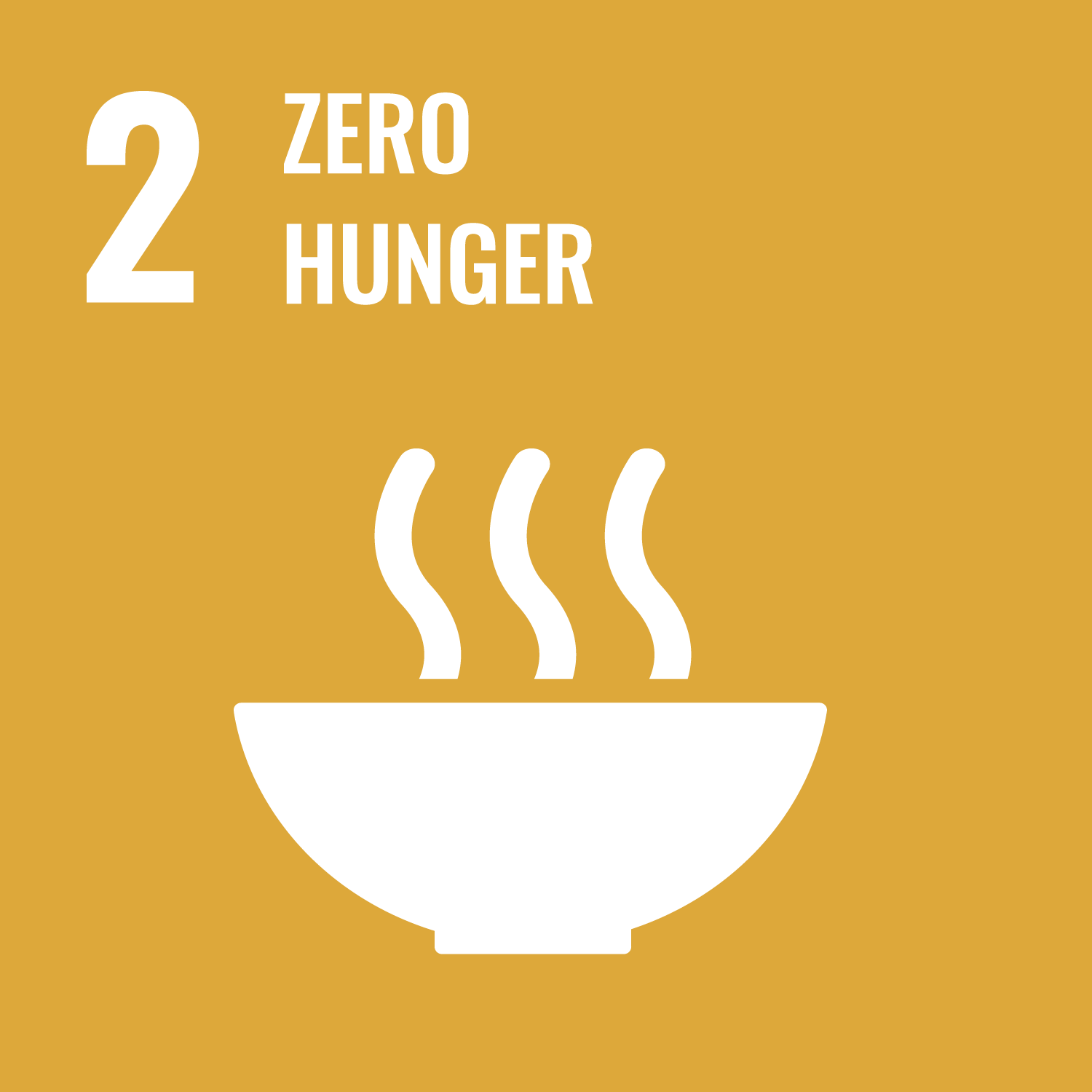About Project
Fish is an irreplaceable source of micronutrients in diets in many developing countries, where large numbers of vulnerable people belong to 'fish dependent' populations. Previous WorldFish research has demonstrated that small indigenous species (SIS) of fish can be a particularly rich sources of key micronutrients, including calcium, zinc, and vitamins A and B12, and make a crucial contribution towards reaching recommended dietary micronutrient intakes, including for women and children. However, the availability of these species is declining in many locations, where habitat degradation, overexploitation of inland fisheries, and other environmental stresses have made once abundant and affordable SIS increasingly scarce and expensive. Farming SIS would help to enhance the availability of these foods and make them more accessible to low-income consumers, but the lack of hatchery breeding techniques for mass production of SIS seed is a key barrier to scaling of nutrition-sensitive aquaculture to its full potential. WorldFish is implementing a GIZ-funded project titled “Taking nutrition-sensitive carp-SIS polyculture technology to scale” to address this key bottleneck through applied research on mass production of SIS seed in Assam and Odisha states of India.
The project has 4 components: (1) Assess factors influencing the adoption of carp-SIS polyculture technology under by previous projects. (2) Develop protocols for the mass production and transport of seed of up to five nutrient-rich SIS; (3) Validate business models for reproduction and distribution of SIS species in partnership with private seed supply enterprises; and (4) Technical training and outreach to ensure integration into public and private investments for further scaling
Impact Pathway
(1): Nutritional outcomes and technical, social and economic factors influencing the adoption, dis-adoption, diffusion, and adaptation of carp-SIS polyculture technology promoted by previous WorldFish projects in Bangladesh and Assam and Odisha State in India are analyzed and understood.;
(2):Technical protocols for the sustainable mass production of seed and transport of 3-5 key nutrient rich SIS developed.;
(3): Inclusive business and entrepreneurial models for commercial production and distribution of 3-5 nutrient rich SIS species established and functional in at least 30 private actors in the fish seed supply chain for piloting to service smallholder farmers.;
(4): Public and private sector and development partners enhanced their capacities for further scaling in India, and in other FISH CRP focal countries such as Bangladesh and Cambodia
Publications
- Economic analysis of the business model for mass seed production of nutrient-dense small indigenous fish species mola (Amblypharyngodon mola)
- Unlocking the technology for mola (Amblypharyngodon mola) mass production hastens nutrition-sensitive aquaculture in India
- Cracking the code of hatchery-based mass production of mola (Amblypharyngodon mola) seed for nutrition-sensitive aquaculture
- Dataset of biological community structure in Deepor Beel using eDNA approach–A RAMSAR wetland of Assam, India
- Adaptation for changing deltas
- Can sympathetic induction be a convenient technique for breeding Amblypharyngodon mola (Hamilton, 1822)?
- Scaling Community-Based Aquaculture for Enhanced Nutrition and Women's Empowerment: Lessons from Odisha, India
- Analyzing the adoption of nutrition-sensitive carp-SIS polyculture technology: evidence from a case study in Bangladesh
- Stocking Hatchery-Produced Mola (Amblypharyngodon mola) Seed in Carp Polyculture Ponds: A Performance Assessment in Odisha, India
- Nutrition-Sensitive Carp-Mola Polyculture for Improved Livelihoods and Wellbeing: Lessons from India
- Dried Small Indigenous Fish are the Pride of Assam: The Story of Suman Haldar
- Mass scale seed production of indigenous small fish species: A promising solution to scale nutrition-sensitive aquaculture
- Packaging, Transportation, and Processing of Indigenous Small Fish
- Effects of Climate Change on Ornamental Fish Production
- Guidelines for setting up breeding experiments for small indigenous species (SIS)
- Selection of small indigenous fish for breeding trials in the states of Assam and Odisha in India
- Current state of knowledge on induced breeding of nutrient-rich small indigenous fish species
- Preserving cultural heritage: Community fishing among the Rabha community in Assam
- Assessing the performance of hatchery-produced mola (Amblypharyngodon mola) seed in homestead carp polyculture ponds
- Nutrition-sensitive carp–mola polyculture in ponds: Management and economics
- From seed to scale: Innovative models for hatchery-based seed production of small indigenous fish species
- Establishment of multispecies hatcheries for small indigenous fish species in Assam: Business Model and Economics
- Induced breeding of small indigenous fish species (SIS): An overview of some trial options
- Stocking of hatchery produced mola seed (Amblypharyngodon mola): A guideline for farmers
- Induced breeding of mola carplet (Amblypharyngodon mola) for mass seed production: A practical guideline
- Induced breeding and mass seed production of nutrient-rich Reba carp (Cirrhinus reba): A practical guideline
- Induced breeding and mass seed production of freshwater Tengara catfish (Mystus tengara): A practical guideline
- Induced breeding and mass seed production of pool barb (Puntius sophore) and swamp barb (Puntius chola): A practical guideline
- Small-scale alternative hatchery methods for indigenous small fish and minor carp seed production: A practical booklet
- Induced breeding of small indigenous fish species (SIS): An overview of some trial options (Multilingual)
- Stocking of hatchery produced mola seed (Amblypharyngodon mola): A guideline for farmers (Assamese)
- Stocking of hatchery produced mola seed (Amblypharyngodon mola): A guideline for farmers (Odia)
- Stocking of hatchery produced mola seed (Amblypharyngodon mola): A guideline for farmers (Bangla)
- Induced breeding of mola carplet (Amblypharyngodon mola) for mass seed production: A practical guideline (Odia)
- Induced breeding of mola carplet (Amblypharyngodon mola) for mass seed production: A practical guideline (Assamese)
- Induced breeding of mola carplet (Amblypharyngodon mola) for mass seed production: A practical guideline. (Bangla)
- Culture management of small indigenous species (Bangla)
- Nursery management of small indigenous species (Bangla)
- Seed transportation of small indigenous species (Bangla)
- Induced breeding and management practices for mass seed production of nutrition-sensitive mola carplet (Amblypharyngodon mola) (Bangla)
- Induced breeding and management practices for mass seed production of nutrition-sensitive punti fish (Bangla)
- Induced breeding and management practices for mass seed production of nutrition-sensitive Tengara Catfish (Mystus tengara) (Bangla)
- Paddy Cum Fish Integrated Farming to Sustainable Aquatic Food Production: A Climate-smart Approach for Low Lying Areas in Assam, India
- Induced breeding and mass seed production of pool barb (Puntius sophore) – a nutrient-dense small indigenous fish species in Assam
- Nutrition-Sensitive Carp-Mola Polyculture for Improved Livelihoods and Wellbeing: Lessons from India
- Advancing Nutrition-Sensitive Aquaculture through Propagation of Small Indigenous Fish Species
- Tiny Treasures, Big Impact. The Vital Role of Small Indigenous Fish (Assamese version)
- Tiny Treasures, Big Impact. The Vital Role of Small Indigenous Fish. (Odia version)
- Breeding Small Indigenous Fish. A Simple Way to Earn and Stay Healthy. (English version)
- Breeding Small Indigenous Fish. A Simple Way to Earn and Stay Healthy (Assamese version)
- Breeding Small Indigenous Fish. A Simple Way to Earn and Stay Healthy (Odia version)
- Training video on Induced breeding of Mola Carplet (Amblypharyngodon mola)
- Training video on Induced breeding of Swamp Barb (Puntius chola)
- Proceedings of virtual inception workshop on project “Taking Nutrition-Sensitive Carp-SIS Polyculture Technology to Scale”
- Hatchery produced mola (Mahurali) seed release programme, Odisha, India
- Hatchery produced mola seed release program in Assam, India
- Capacity Building Workshop on Mass Seed Production of Small Indigenous Fish Species, Assam, India
- Capacity Building Workshop on Mass Seed Production of Small Indigenous Fish Species, Odisha, India
- Cross-learning exposure Visit from Cambodia to India, Odisha and Assam, India
- Farmers’ training program on induced breeding of small indigenous fish, Assam, India
- Farmers’ training program on induced breeding of small indigenous fish, Odisha, India
- Exposure cum exchange visit program at small indigenous fish’s farms and hatcheries, Assam, India
- Training and exposure visit to SIS partner hatchery in Assam, India
- Farmers’ training program on induced breeding of small indigenous fish, Assam, India
- Farmers’ training program on importance of small indigenous fish to promote nutrition sensitive aquaculture in Odisha, India
- Cross-learning exposure Visit from Bangladesh to India. Odisha, India
- State Level Workshop on Taking Nutrition Sensitive Carp-SIS Polyculture Technology to Scale, Odisha India
- State Level Workshop on Taking Nutrition Sensitive Carp-SIS Polyculture Technology to Scale, Assam India
- Hatchery-based mass production of mola (Amblypharyngodon mola) seed to scale nutrition-sensitive aquaculture
- Paddy cum fish integrated farming to sustainable aquatic food production: a climate-smart approach for low lying areas in Assam, India
- Mass seed production and rearing of small indigenous fish mola carplet (Amblypharyngodon mola) to promote nutrition-sensitive aquaculture
- Induced breeding and mass seed production of pool barb (Puntius sophore) – A nutrient-dense small indigenous fish species in Assam
- Ecological Health Monitoring of Himalayan Wetlands – Harnessing eDNA based Assessment in Deepor Beel, a RAMSAR Wetland
- Effects of improved pond aquaculture techniques on household well-being: A case study from rural Bangladesh




